
The way people interact with technology is changing fast. Talking about UI/UX Trends 2026, focus on how real users globally will engage with apps, websites, and platforms in the years ahead. Design today has shifted from “looking good” to “working smarter.” With AI, immersive experiences, and personalized journeys, businesses can’t afford to ignore where design is headed.
In this blog, we’ll unpack 10 essential trends, showing why they hold value, how they work, and when to apply them. Along the way, you’ll see authentic stats, practical examples, and a roadmap to stronger portfolios and services for tomorrow.
AI-Powered Interfaces
Immersive User Experiences
Minimalist Design Aesthetics
Personalized User Journeys
Voice User Interfaces
Inclusive Design Principles
Intuitive Dashboards and Analytics
Frictionless Onboarding Patterns
Information Architecture and Navigation
Next-Generation Design Tools
Future Outlook – What’s Next in UI/UX

UI UX Trends 2026 According to Gartner, by 2026, over 70% of enterprise applications will integrate AI to personalize UI.
Why: Machine learning makes design smarter by adapting to user behavior in real time.
How: Algorithms adjust recommendations, layouts, and actions based on each interaction.
When: Best for SaaS apps, e-commerce platforms, and any service where personalization drives retention.
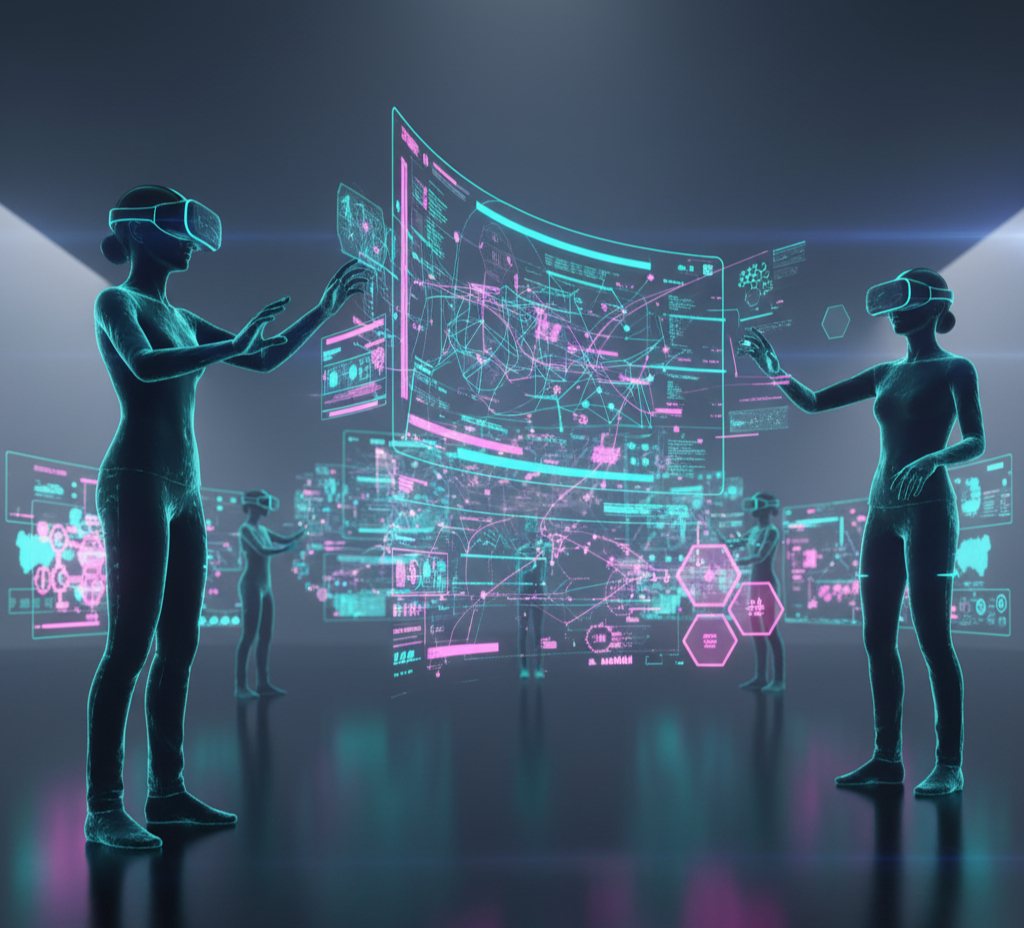
UI UX Trends 2026: Statista projects the AR/VR market in the United States to reach $1.6 billion by 2027, showing strong adoption beyond gaming, leading to a projected market volume of US$20.9 billion by 2030.
Why: AR and VR add layers of depth and interactivity.
How: AR overlays digital objects on the real world, VR creates complete simulations.
When: Ideal for real estate, education, retail try-ons, and training platforms.
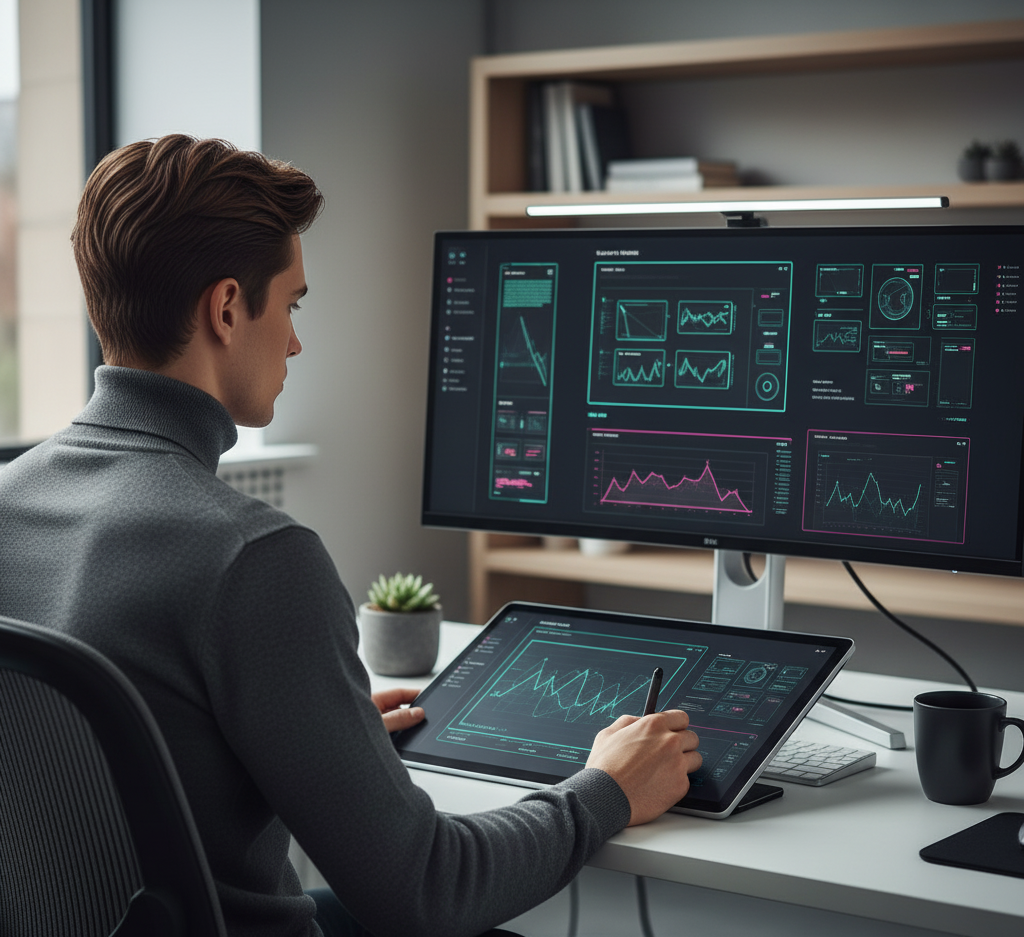
UI UX Trends 2026: Google’s UX research shows that users form first impressions in 50 milliseconds, as clean layouts build trust faster.
Why: Less clutter means faster comprehension and smoother navigation.
How: Use white space, simple typography, and focused elements.
When: Perfect for fintech apps, healthcare platforms, and content-heavy sites.

UI UX Trends 2026: 80% of consumers are more likely to purchase from brands offering personalized experiences.
Why: Users expect experiences tailored to them, not one-size-fits-all.
How: Use data analytics, user segmentation, and recommendation engines.
When: Best for e-commerce, ed-tech, and community platforms.
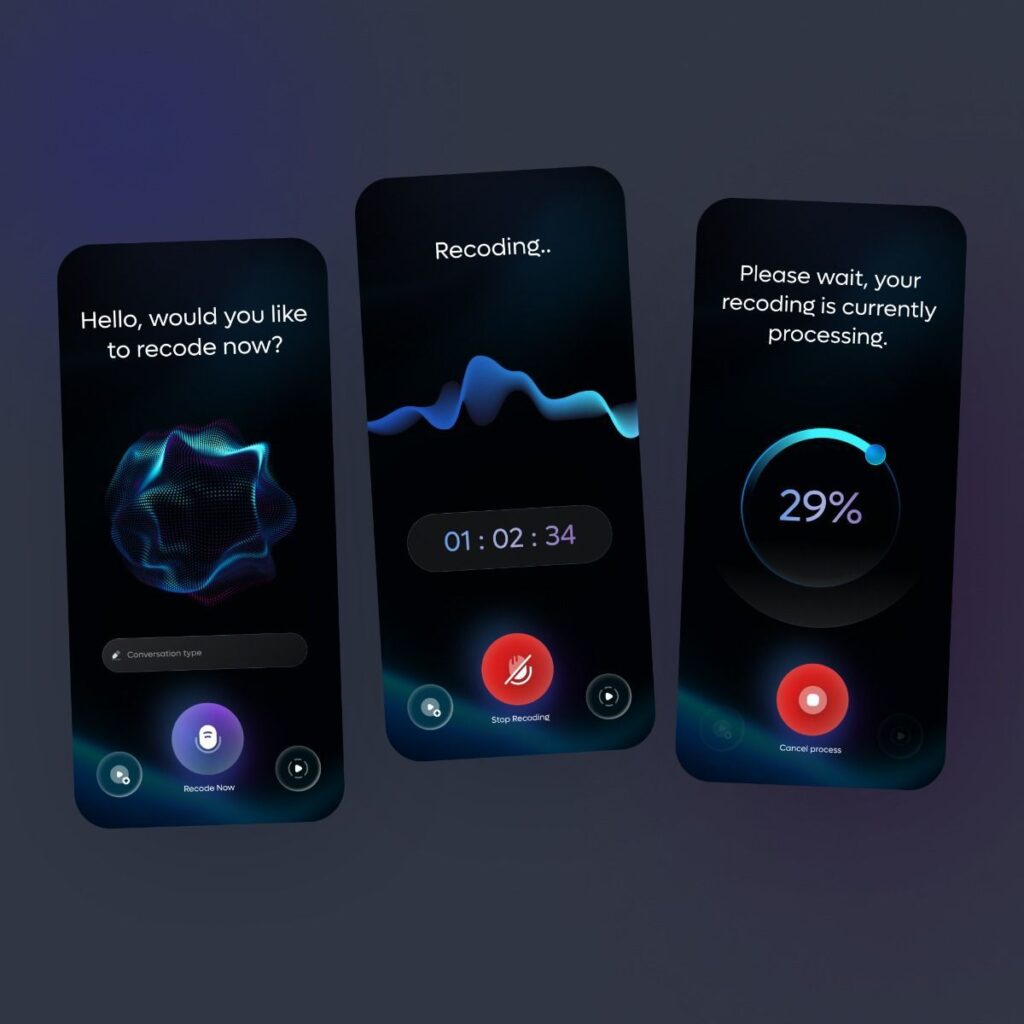
UI UX Trends 2026: 75% of households in developed markets are expected to own smart speakers (PwC).
Why: Hands-free interaction saves time and expands accessibility.
How: Build natural language processing (NLP) into search, navigation, or device commands.
When: Smart homes, healthcare apps, and multi-tasking platforms.
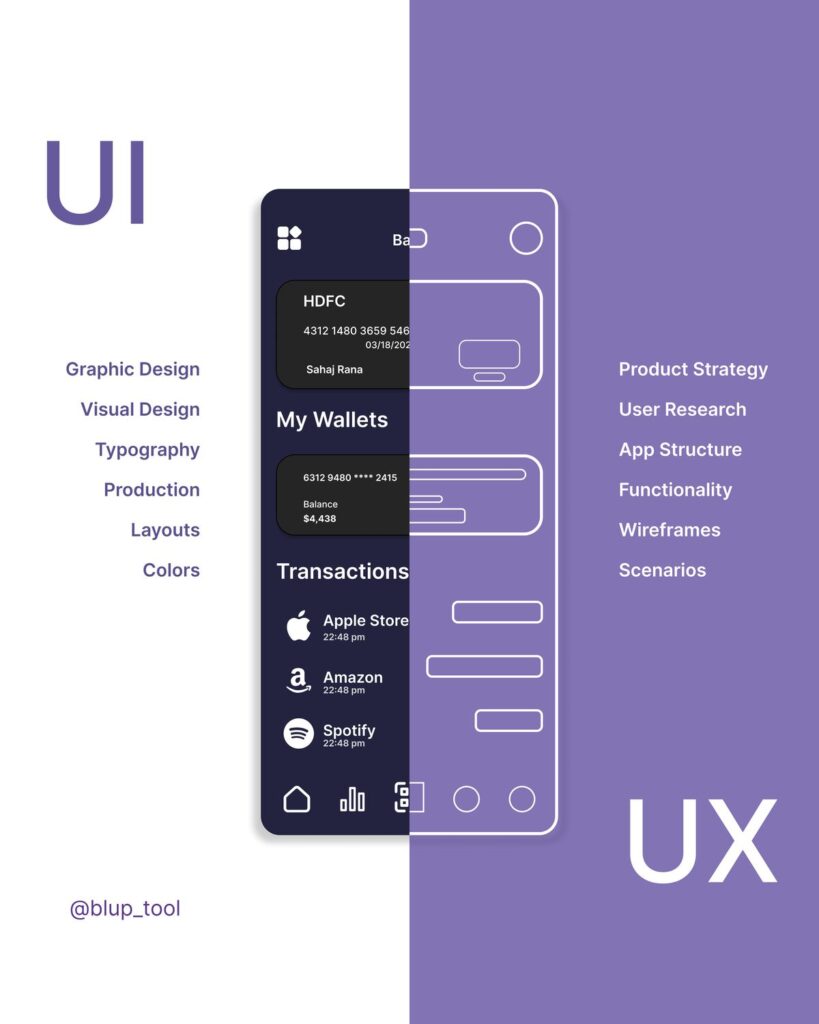
Why: Accessibility is a right, not an option.
How: Provide text alternatives, strong contrast, and adaptable navigation.
When: Always. Inclusion benefits every user.
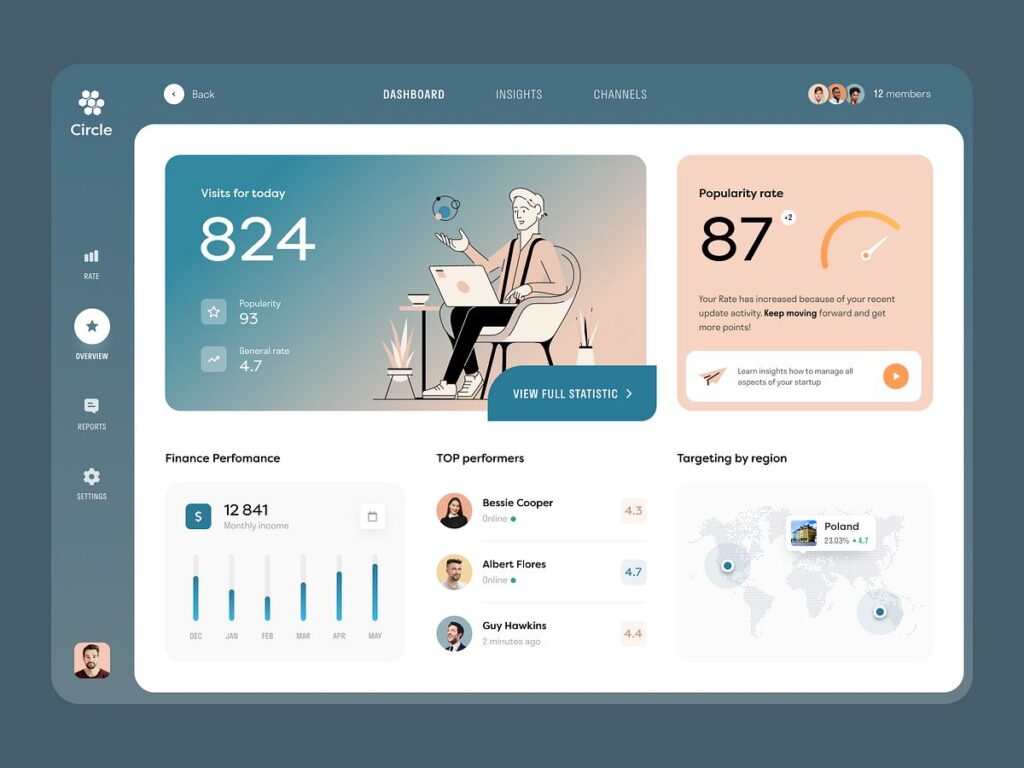
UI UX Trends 2026: Companies with data-driven dashboards see 23% faster decision-making cycles.
Why: Dashboards should drive decisions, not overwhelm.
How: Show summary cards first, allow drill-down for details.
When: Enterprise software, project management, marketing platforms.
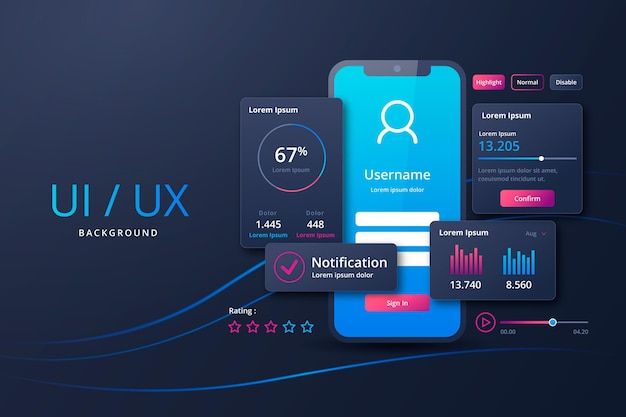
UI UX Trends 2026: Products with simplified onboarding see 60% higher activation rates (SurveyMonkey study).
Why: First impressions decide whether users stay or quit.
How: Use SSO, short checklists, and progressive disclosure (show features gradually).
When: Any digital product with new-user flows.
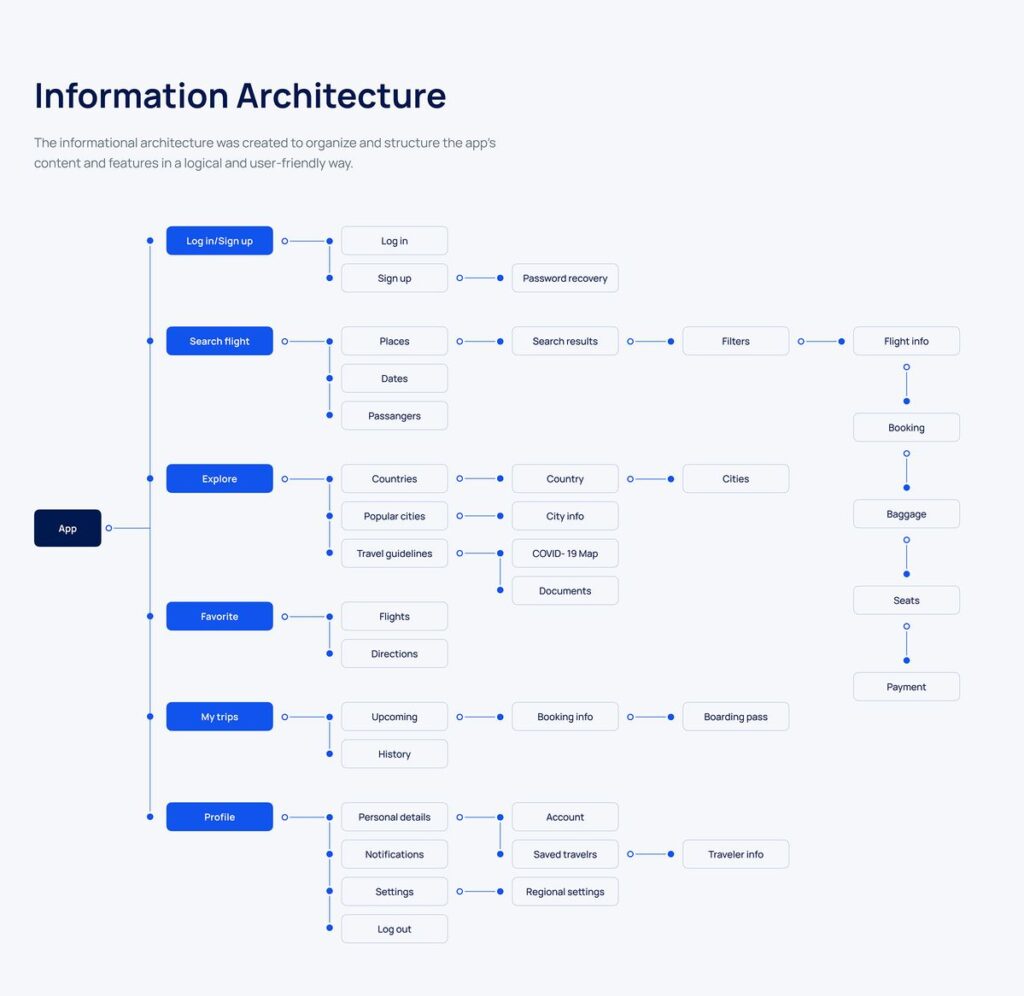
UI UX Trends 2026: Nielsen Norman Group found that poor navigation is the #1 reason users abandon websites.
Why: Users need clarity on where they are and where to go.
How: Clear menus, breadcrumb trails, and logical flow.
When: Content-heavy sites, government portals, e-learning platforms.
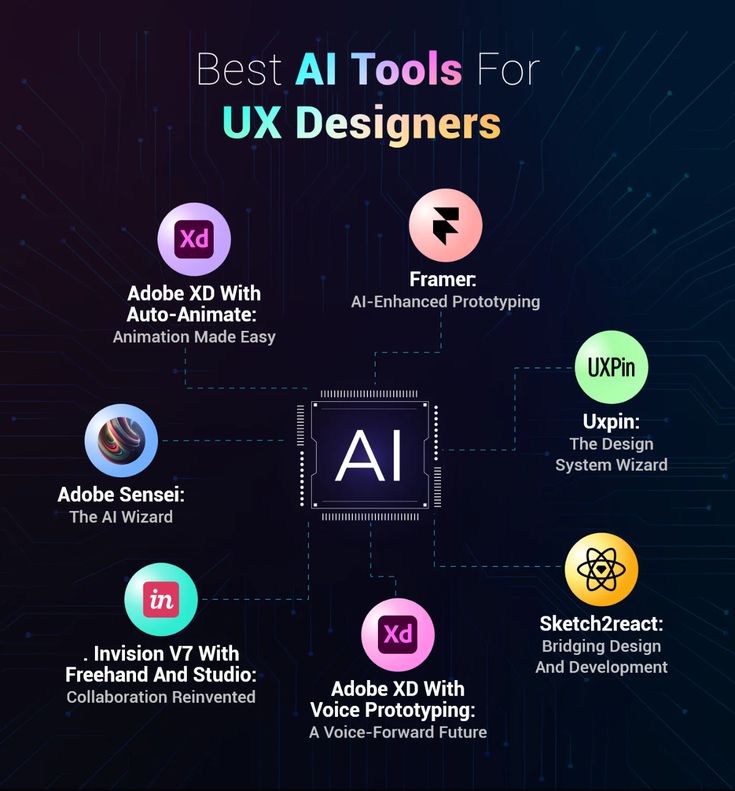
UI UX Trends 2026: Adobe’s 2025 design outlook predicts 40% of UI designers will use hybrid design-dev tools as the industry standard.
Why: Designers are now also coders; tools bridge design and development.
How: Webflow, Framer, and UXPin allow component-level design with real code.
When: Agencies, startups, and enterprises need fast iteration.
UI/UX doesn’t stop here. The near future holds IoT interfaces, 5G-driven workflows, AI design assistants, and predictive UI patterns. These changes will reinvent industries and user behavior.
For platforms like Flowmaze UX, this means showcasing a strong portfolio where design merges usability with next-generation innovation. By leading with these trends, businesses in the US and globally can build trust, engagement, and long-term growth.
AI-powered interfaces are leading, as they make apps dynamic and personalized.
It reduces cognitive load, helping users act faster and trust the product more.
Start small: AR product previews, VR tours, or hybrid shopping experiences.
Yes, with widespread smartphone adoption and advanced NLP in English, VUIs are set to expand locally.
UI/UX will focus on creating seamless, human-centered, and inclusive experiences - utilizing IoT, predictive design, and intelligent interfaces to anticipate user needs.
AI will handle routine work like testing layouts and personalizing content. Designers will spend more time on creativity, problem-solving, and improving the user experience.
Healthcare, finance, education and real estate are expected to gain the most by using immersive tools, personalization and accessible design to engage users.
Ethical design is very important. As AI and personalization grow, keeping transparency, protecting privacy and supporting inclusion will be key to building trust.